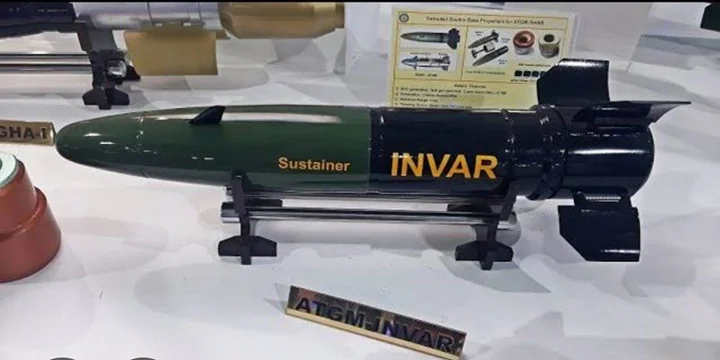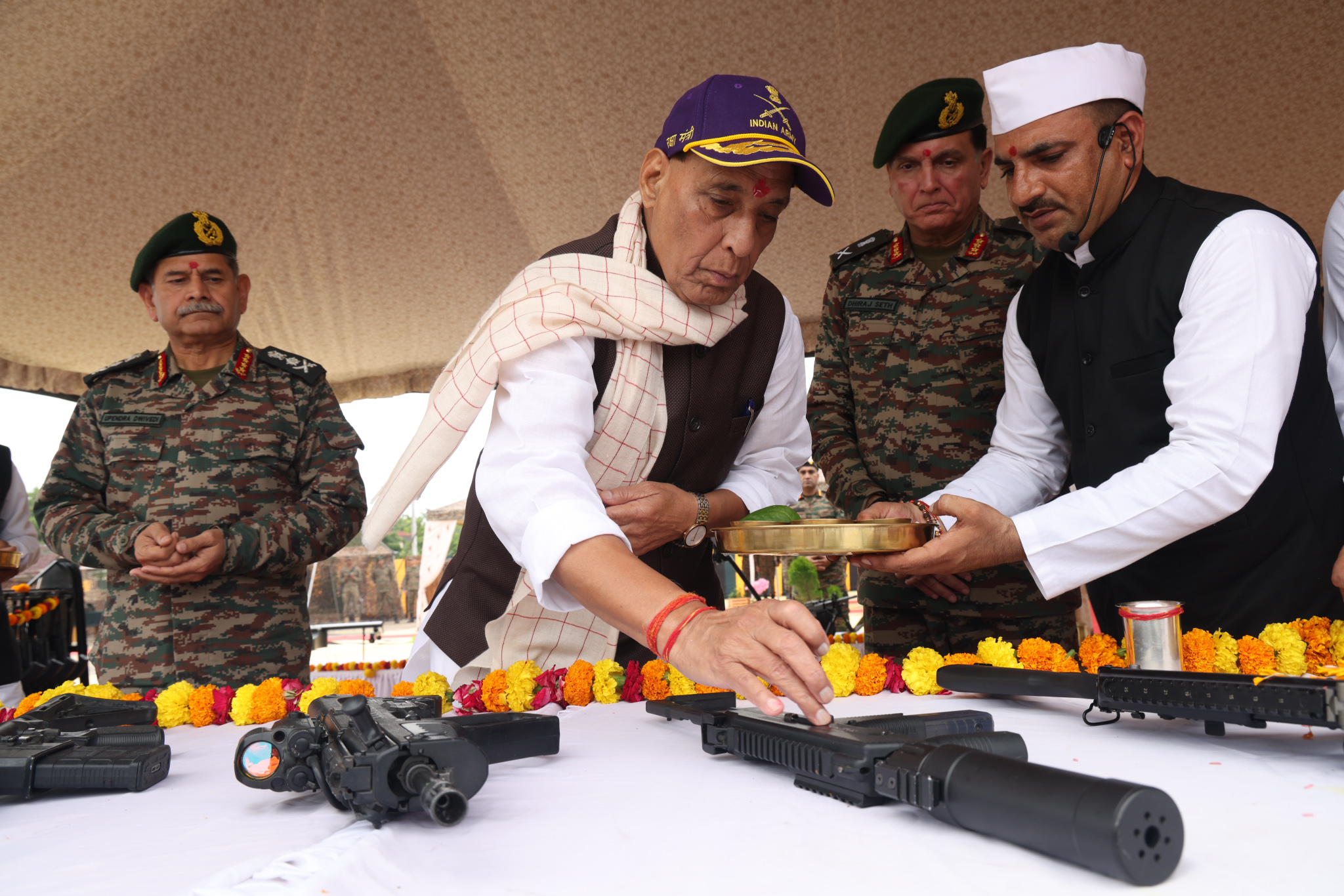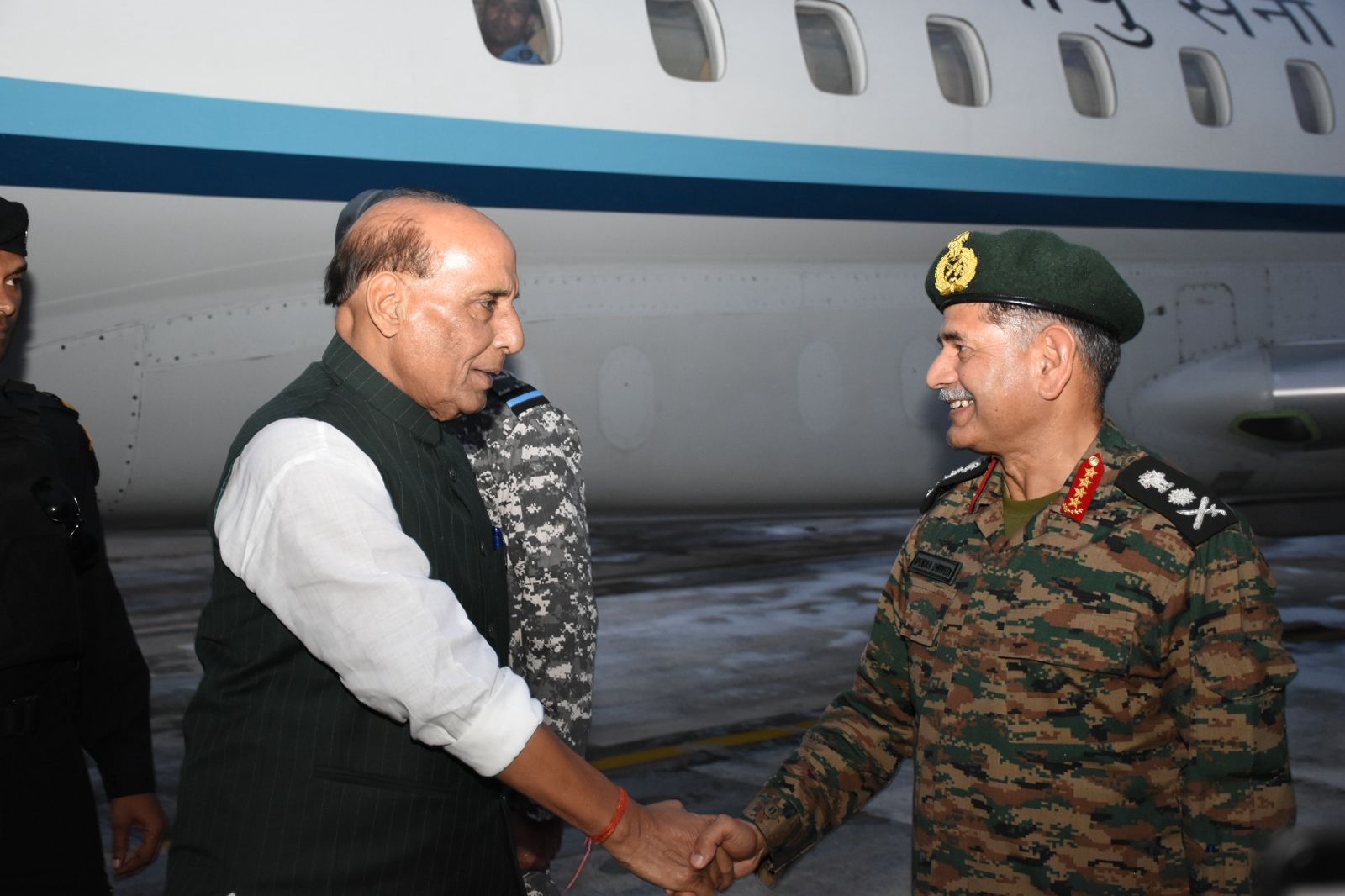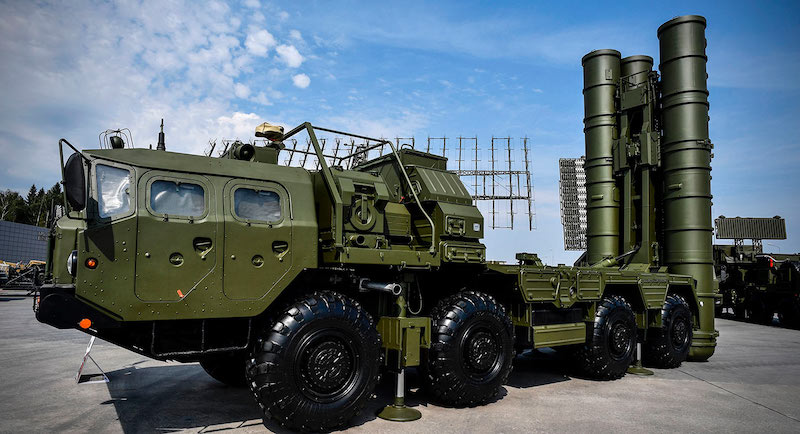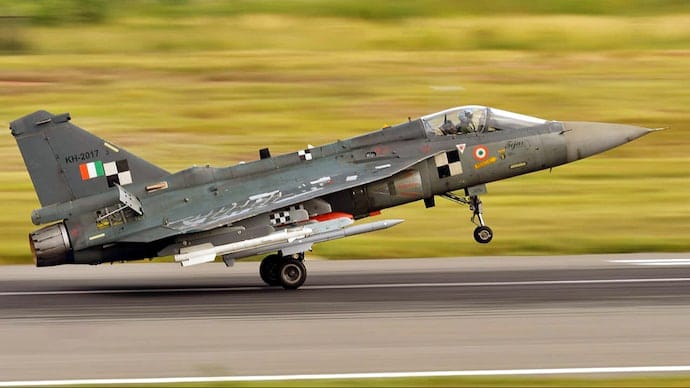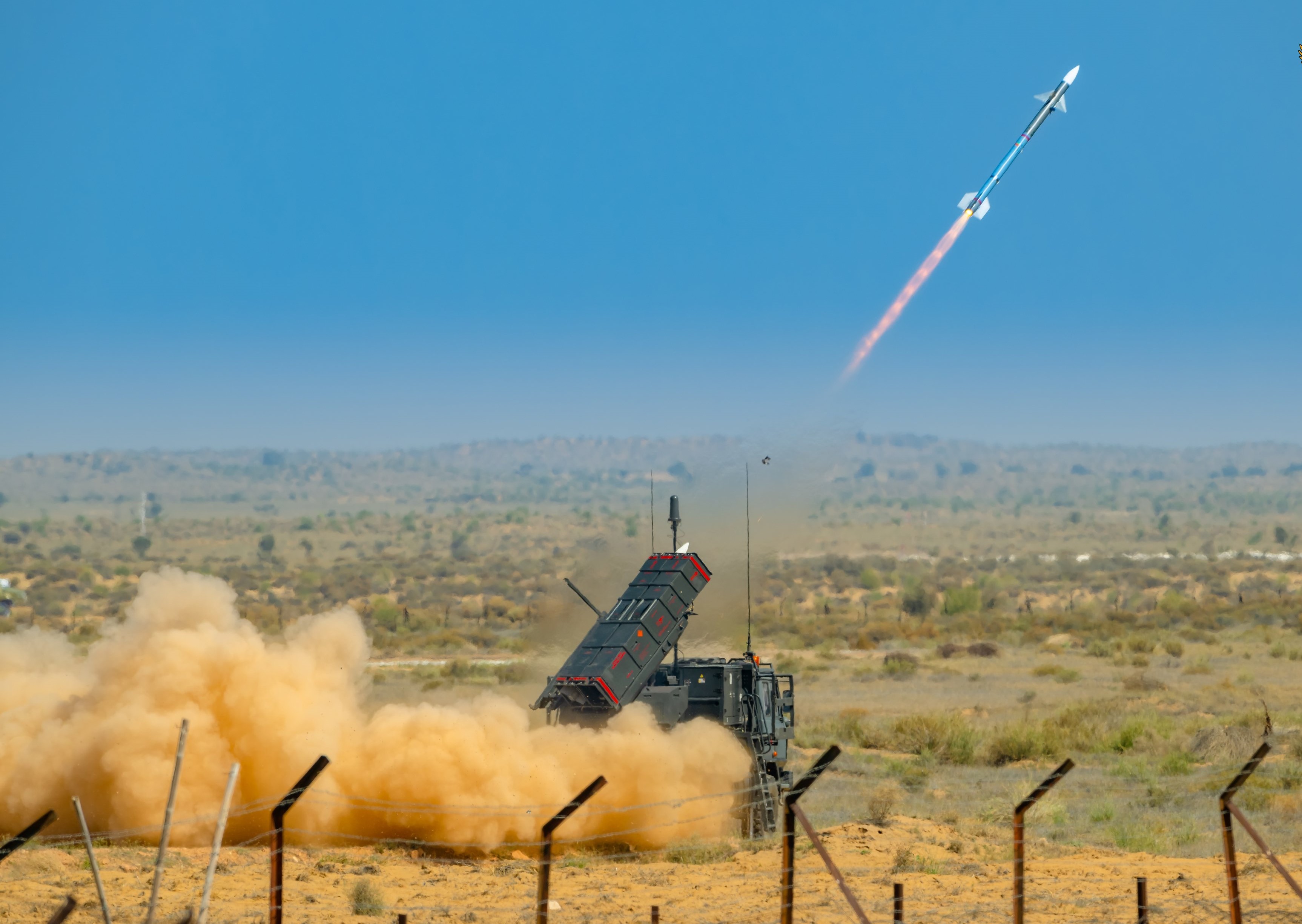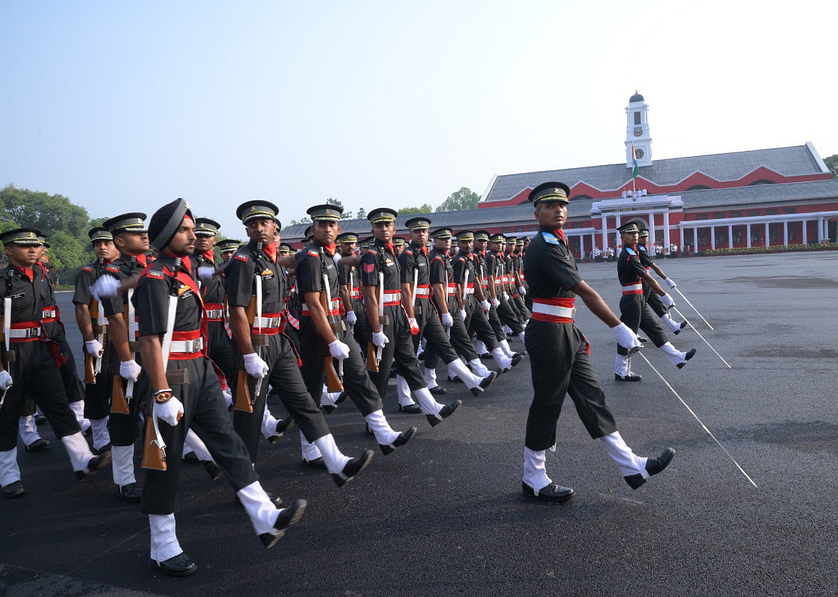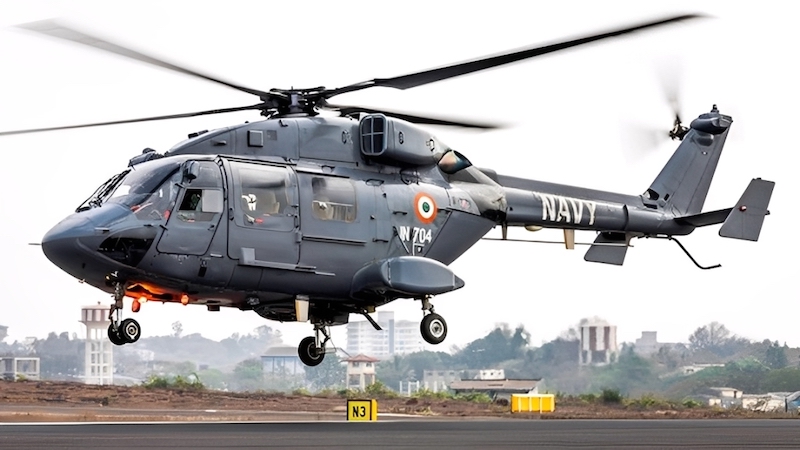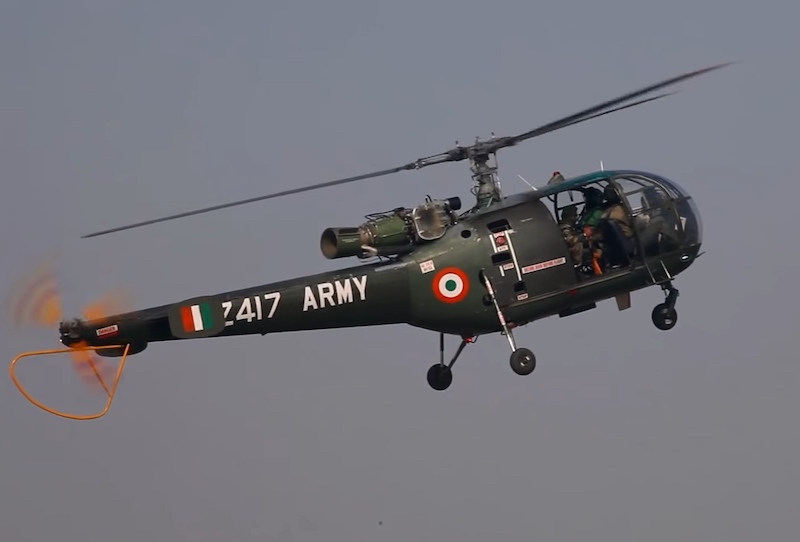 The Ministry of Defence at South Block, New Delhi. (File photo)
The Ministry of Defence at South Block, New Delhi. (File photo)
New Delhi: The Ministry of Defence’s Defence Acquisition Council on Wednesday approved military procurement proposals worth approximately ₹79,000 crore to bolster capabilities across all three services – Indian Army, Indian Navy, and Indian Air Force. This is one of the larger clearances in recent months.
The council, chaired by the defence minister, Rajnath Singh, met at South Block to accord acceptance of necessity (AoN) for a range of systems spanning anti-tank missiles, amphibious vessels, and autonomous strike platforms.
Army acquisitions
The Indian Army received clearance for three major systems. The Nag Missile System (Tracked) Mk-II represents an upgraded version of the indigenously developed anti-tank guided missile, designed to neutralize enemy armoured vehicles, bunkers and field fortifications. The tracked variant allows the system to operate in diverse terrains alongside mechanized formations.
The Ground-Based Mobile Electronic Intelligence System (GBMES) will provide round-the-clock signals intelligence capability to detect and analyse enemy electronic emissions, enhancing battlefield awareness. Additionally, high mobility vehicles equipped with material handling cranes were approved to strengthen logistics support across challenging geographical terrains, from high-altitude regions to desert sectors.
Naval procurements
The Indian Navy secured approval for landing platform docks, which will significantly enhance amphibious warfare capabilities. These vessels can carry troops, vehicles and landing craft, enabling joint operations with the Army and Air Force. Beyond combat roles, the platforms are designed for humanitarian assistance, disaster relief and peacekeeping missions in the Indian Ocean region.
The council also cleared advanced lightweight torpedoes developed indigenously by the Defence Research and Development Organization’s Naval Science and Technological Laboratory. These torpedoes are capable of engaging conventional submarines, nuclear-powered vessels and midget submarines, addressing a critical capability gap.
Other approvals included 30mm naval surface guns for low-intensity maritime operations and anti-piracy roles, electro-optical infrared search and track systems, and smart ammunition for 76mm gun mounts. The surface guns will equip both Navy and Indian Coast Guard vessels.
Air Force systems
The Indian Air Force received clearance for the Collaborative Long Range Target Saturation/Destruction System, described as an autonomous platform capable of independent take-off, landing, navigation, target detection, and payload delivery. While specific details remain classified, the system appears to represent a loitering munition or unmanned combat aerial vehicle designed for standoff strikes.
The council also approved several other Air Force proposals, although details were not disclosed.
Indigenous focus
The approvals reflect the defence ministry’s continued emphasis on domestically developed systems under the “Atmanirbhar Bharat” initiative. The Nag missile system and lightweight torpedoes both represent indigenous programmes that have undergone extended development cycles.
India’s defence procurement has accelerated in recent years amid regional security challenges, with the government targeting a defence budget of approximately ₹6.2 lakh crore for the 2025-26 financial year. Capital acquisition allocations have steadily increased to fund long-pending modernisation requirements across the armed forces.
The DAC serves as the defence ministry’s highest decision-making body on procurement matters, although final contracts typically require additional clearances and can take months or years to materialize following initial approvals.

